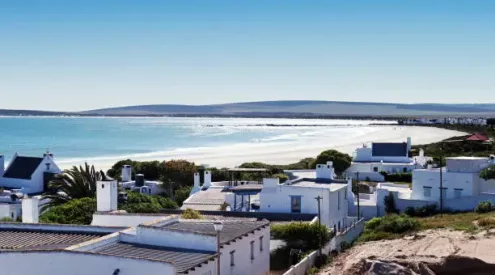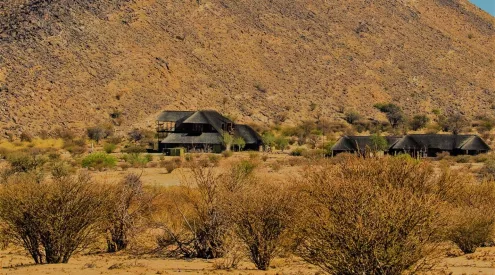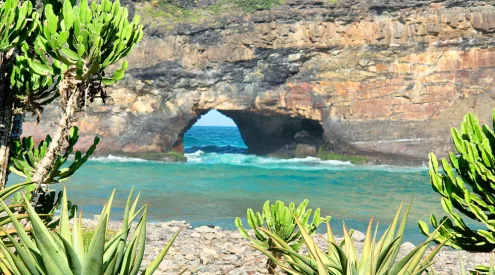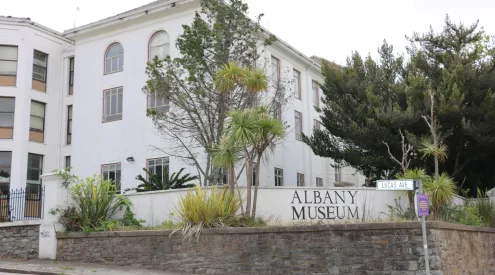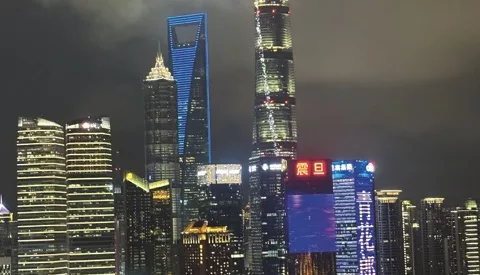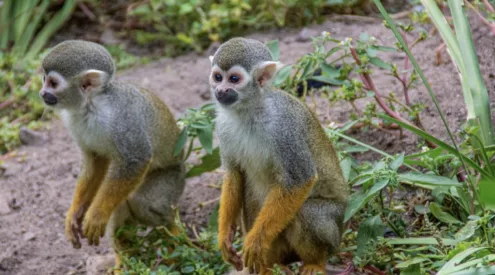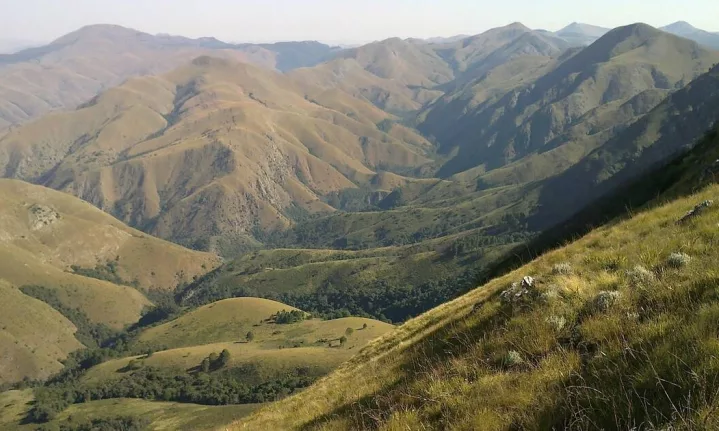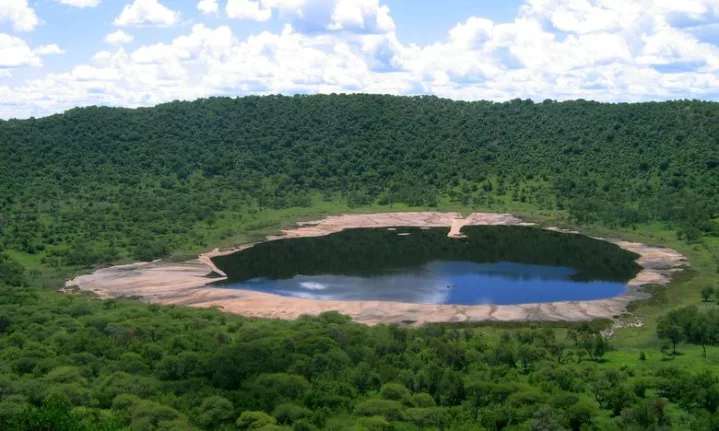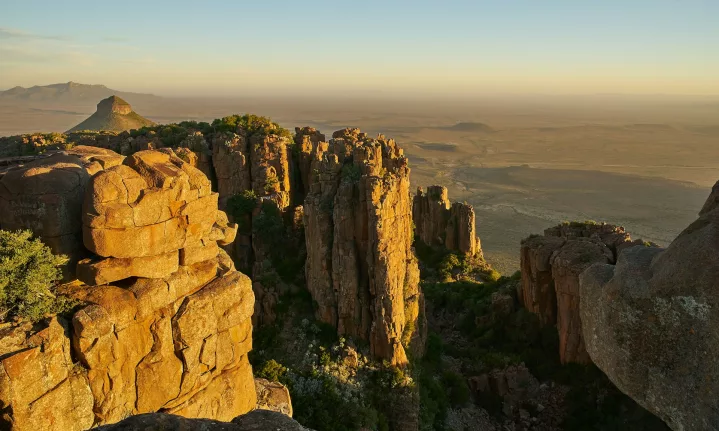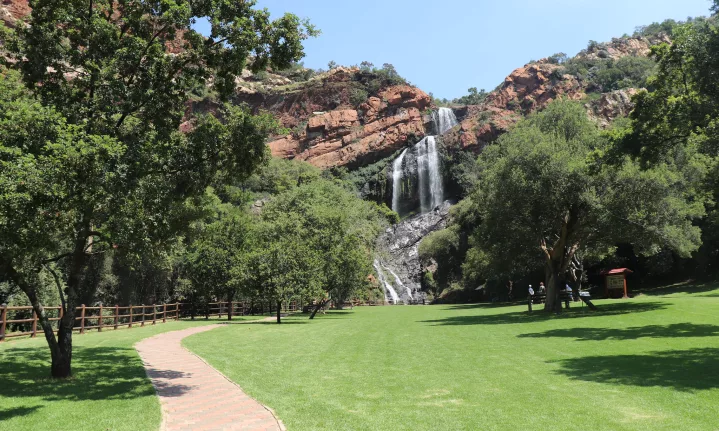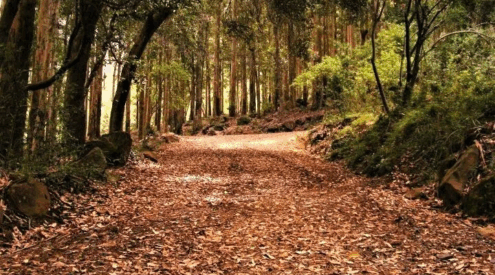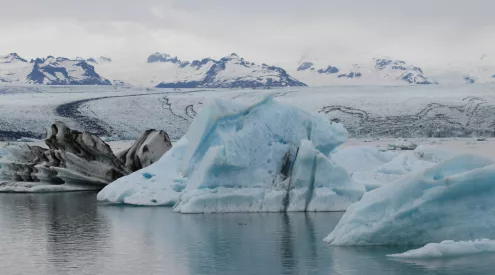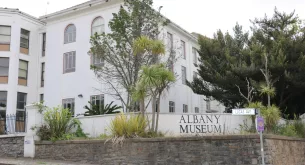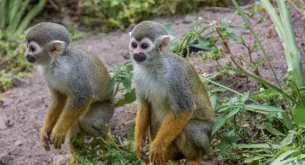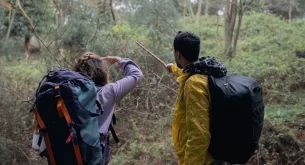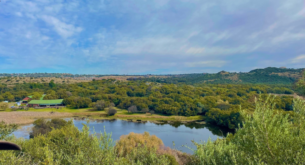South Africa’s landscapes are more than just photogenic—they’re ancient archives of Earth’s deep history. Beneath the savannahs, coastlines, and mountains lies a dynamic geological past shaped by volcanoes, meteorites, and erosion over billions of years. From lava flows to impact craters and fossil beds, this is a country where rock formations tell stories more powerful than any history book. Here’s a journey through South Africa’s most impressive geological wonders—some well-known, others hiding in plain sight.
Volcanic and lava formations
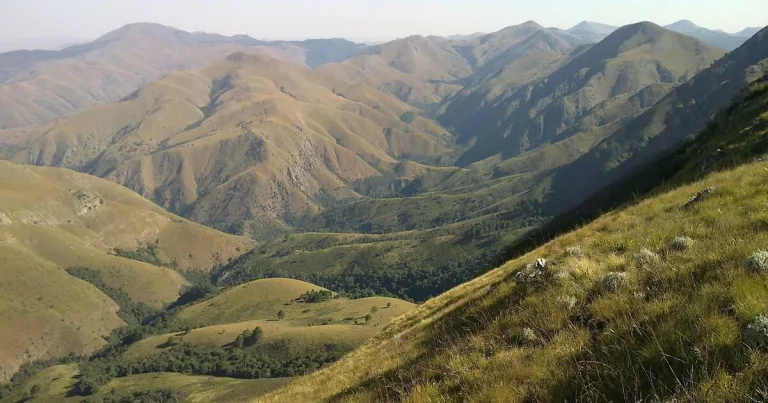
Picture/UNESCO World Heritage Site
Pilanesberg Alkaline Ring Complex, North West
Rising from the savannah near Sun City, this extinct volcano is a rare geological formation—one of only three alkaline ring complexes in the world. The ring-like structure is best appreciated from the air, but you can explore it on foot or by safari within the Pilanesberg Game Reserve, where wildlife roams across ancient lava.
Barberton Greenstone Belt, Mpumalanga
Dubbed the “Genesis of Life,” this UNESCO-listed site hosts some of the planet’s oldest rocks—over 3.5 billion years old—including preserved lava flows. You can take a geotrail drive through the belt, stopping at viewpoints with panels explaining each formation.
Malmani Dolomite, North West and Limpopo
This geological formation, formed over 2 billion years ago, is known for its sinkholes and karst landscapes. Though not volcanic in origin, it’s shaped by underground water activity in limestone and dolomite, often found in areas with a history of volcanic and tectonic movement. The Sudwala Caves are a notable feature of this formation.
Craters and cosmic collisions
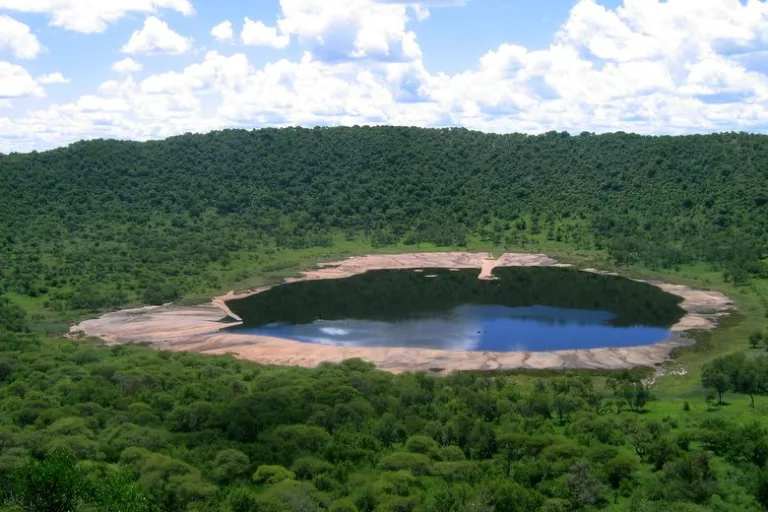
Picture/Tswaing Crater/Atlas Obscura
Vredefort Impact Crater, Free State
The oldest and largest verified impact crater on Earth, the Vredefort Dome is what remains of a meteorite strike over 2 billion years ago. The force reshaped the landscape for hundreds of kilometres. Today, it’s a UNESCO World Heritage Site with hiking trails, river rafting, and geotourism opportunities.
Tswaing Meteorite Crater, Gauteng
A smaller but equally fascinating crater just outside Pretoria. Roughly 220,000 years old, the site features a clear bowl-shaped depression with a lake at its centre. A walking trail leads around the rim and into the crater, with interpretive signage and a museum on site.
ALSO READ: Where to see Autumn leaves in all their glory in South Africa
Fossils and ancient surfaces
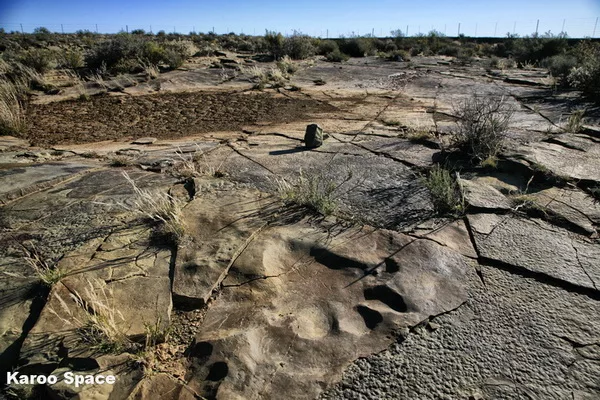
Picture/Karoo Space
Fraserburg Fossil Surface, Northern Cape
Walk across a prehistoric mudflat where 250-million-year-old fossilised footprints of amphibians and reptiles are still visible. This is one of the best-preserved examples of vertebrate trackways in the world—an open-air textbook for palaeontology lovers.
Mapungubwe Sandstone Formations, Limpopo
While Mapungubwe is celebrated for its ancient civilisation, the geological formations around the UNESCO World Heritage Site are striking too. Sandstone ridges, rock shelters, and erosion-sculpted features provide a stunning backdrop to archaeological wonders.
South Africa’s most dramatic landscapes
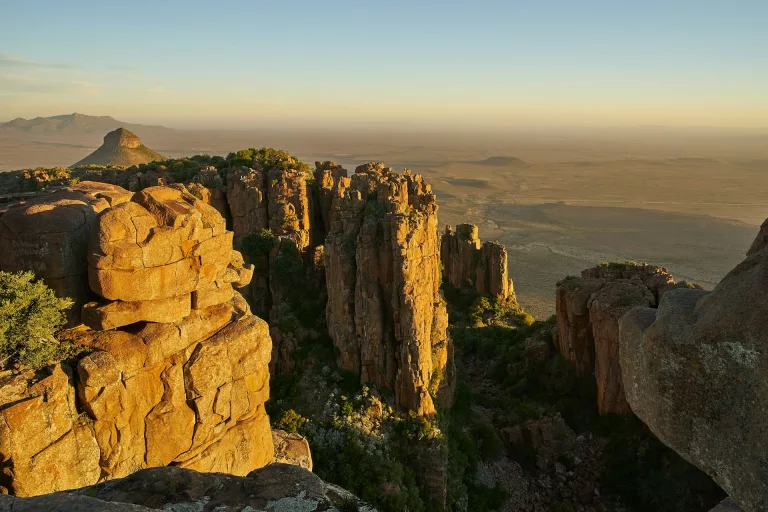
Valley of Desolation/Wolfgang Hasselmann/Unsplash
Valley of Desolation, Eastern Cape
Just outside Graaff-Reinet, volcanic dolerite columns rise dramatically from the plains. These formations are over 100 million years old and create a cathedral-like scene that stuns visitors at sunrise or sunset.
Bourke’s Luck Potholes, Mpumalanga
These cylindrical rock pools mark the start of the Blyde River Canyon. Formed by centuries of swirling water at the confluence of the Blyde and Treur rivers, the potholes are an excellent example of fluvial erosion—natural sculpture at its best.
Howick Falls, KwaZulu-Natal
At 95 metres tall, this powerful waterfall plunges into a gorge believed to be sacred by local Zulu people. The underlying geology includes ancient sediments and hard dolerite, contributing to its dramatic vertical drop.
Chapman’s Peak Drive, Western Cape
Carved into the cliffs of the Cape Peninsula, this engineering marvel reveals layers of sandstone and granite exposed by natural and human hands. Stop at viewpoints to admire the vertical cliffs and folded rock formations of the Table Mountain Group.
Walter Sisulu Botanical Gardens, Gauteng
Beyond its waterfalls and flora, the gardens sit in a fault zone where you can see dramatic rock layers exposed along the cliffs. This makes it a great urban escape with a quiet geological twist.
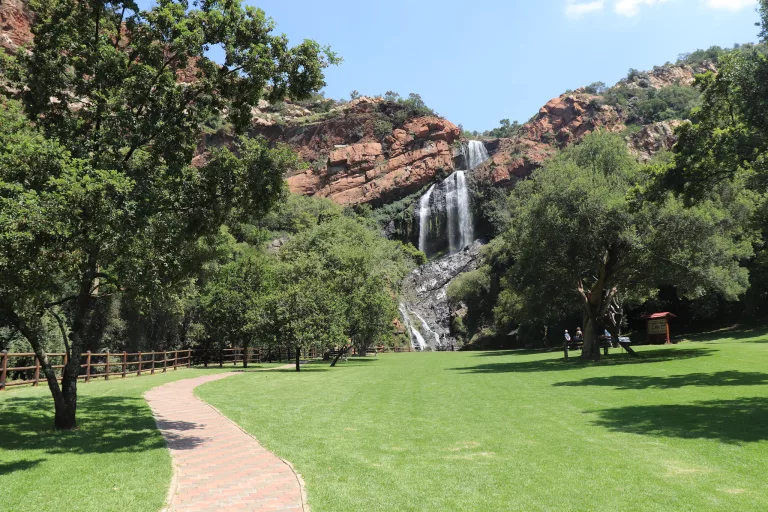
Walter Sisulu Botanical Gardens/SANBI
Planning your journey
Best time to visit: Most geological sites are open year-round, though spring and autumn offer cooler hiking conditions.
What to pack: Comfortable walking shoes, sun protection, water, and a curiosity for Earth’s past.
Guided tours: Consider booking local guides in Barberton, Vredefort, and Mapungubwe to unlock deeper insight.
Whether formed by fire, flood, or falling space rocks, South Africa’s landscapes are powerful reminders of our planet’s volatile beginnings. These geological wonders not only inspire awe—they connect us to a timeline that stretches far beyond human history. So next time you’re planning a road trip or hiking holiday, why not follow the path of lava, time, and transformation?
Follow us on social media for more travel news, inspiration, and guides. You can also tag us to be featured.
TikTok | Instagram | Facebook | Twitter
ALSO READ: Nepal plans to restrict Everest permits, allowing experienced climbers only

